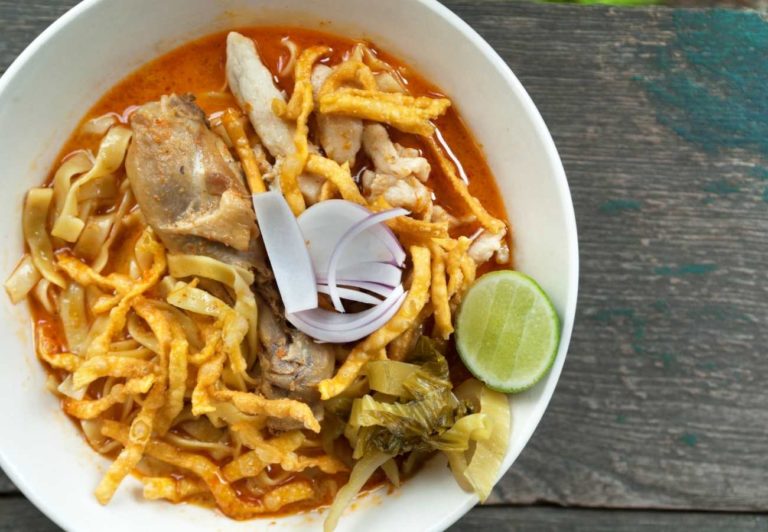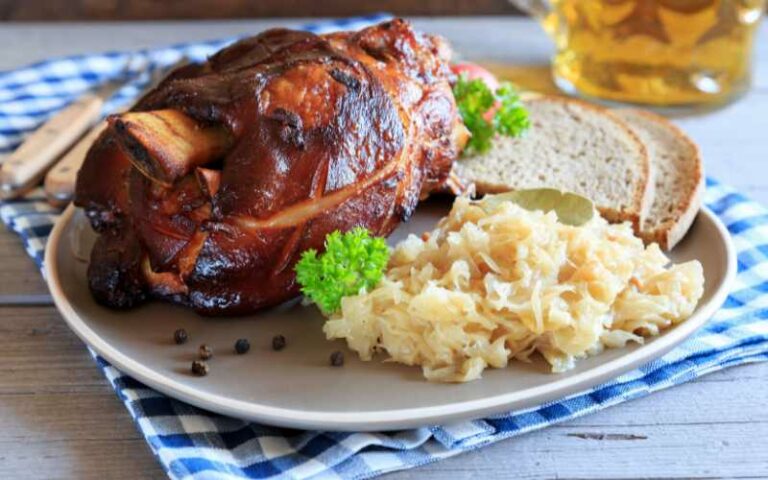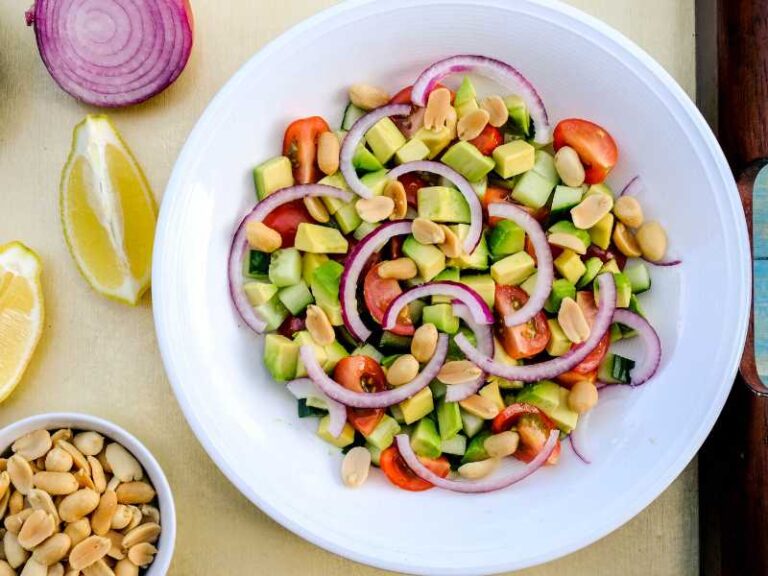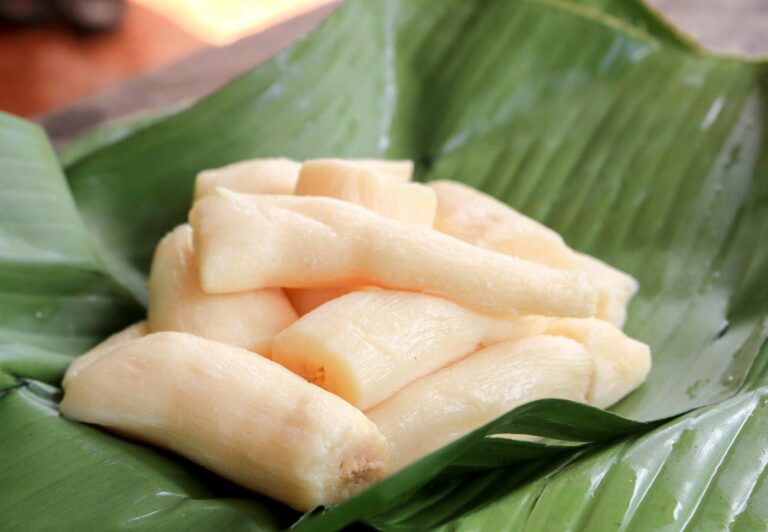Korean Sundubu Jjigae (Tofu Stew) Recipe
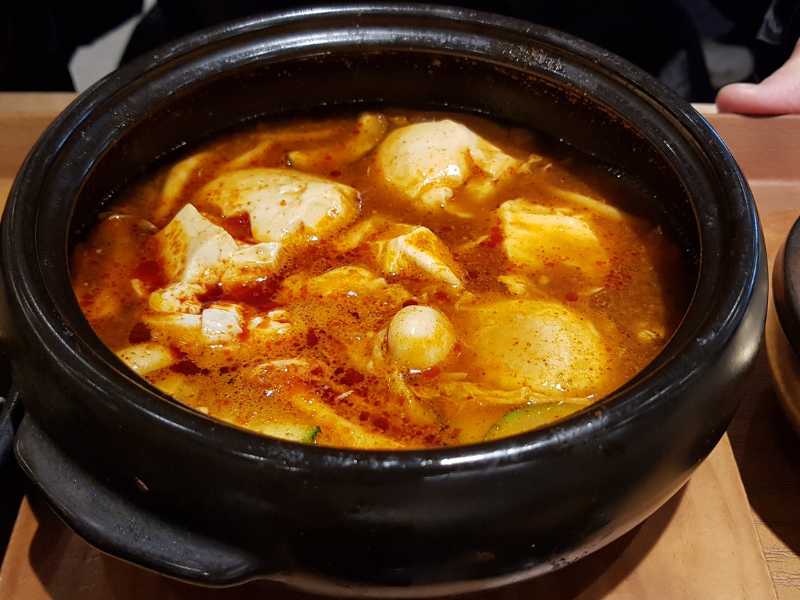
Sundubu Jjigae is a traditional stew from South Korea consisting of soft tofu cooked in a flavorful spicy broth. The broth usually contains anchovies, kelp and gochugaru or gochujang.
Additionally it contains various vegetables and proteins, these vary by personal taste. The vegetables are sauteed then the spices and other base ingredients such as the anchovy and kelp stock are put in before adding the protein to cook.
The last ingredient is the tofu which is gently broken up. Cracking a whole egg into the broth is a common practice.
Sundubu is also spelled Soondubu. It refers to the tofu which is the basis of this dish. Sun means pure and dubu means tofu. This type of tofu has not been strained or pressed, leaving it very soft with a silky texture.
A Jjigae is a Korean stew and kimichi is a popular vegetable option. The broth is made spicy with gochugaru which is Korean red chilli pepper flakes and gochujang, a fermeted red chilli paste made from gochugaru. They also give the dish a reddish hue.
Not all Sundubu jjigae contain meat protein, some are vegetarian. Meats commonly used are beef, pork and seafood like shrimp.
Traditionally this dish is cooked in the bowl it will be served in, called ttukbaegi which is made of earthenware. The dish is placed directly over heat. Sundubu is often served with white rice and side dishes such as spicy Korean coleslaw, kelp noodle salad and sweet and salty soybeans.
Origin & Cultural Significance
Sunbudu originated in Korea as far back as the Joseon dynasty (1392-1910) however it is disputed that the modern Sundubu Jjigae actually originated in California in the 90’s, created by Hee Sook Lee. It’s unclear if she created the dish or popularized it in America when she began serving it in her restaurant.
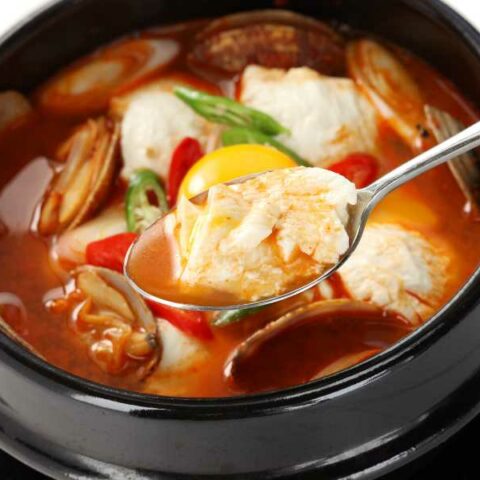
Korean Sundubu Jjigae Recipe
Sundubu Jjigae is a traditional stew from Korea. It consists of soft tofu in a flavorful spicy broth.
Ingredients
- Dried anchovies (heads and guts removed) - 8
- Radish (peeled, sliced thinly) - 5 oz.
- Dried kelp - 6 x 4 inch piece
- Korean hot pepper flakes (gochugaru) - 2 Tbsp
- Toasted sesame oil - 1 tsp
- Vegetable oil - 1 tsp
- Pork (cut into small pieces) - ½ cup
- Onion (Chopped) - ¼ cup
- Garlic (minced) - 1 clove
- Green onion (chopped) - 1
- Fermented kimchi (chopped) - ½ cup
- Kosher salt - 1 tsp
- Sugar - ½ tsp
- Soft tofu (sundubu) - 1 package
- Egg - 1
Instructions
- Put dried anchovies, radish, dried kelp and 4 cups of water into a pot.
- Cover and place over high medium heat until it starts to boil.
- Reduce the heat to low and boil for another 20 minutes.
- Remove from the heat and strain. It will make about 2 cups of stock.
- Combine the hot pepper flakes and the sesame oil in a small bowl and mix well.
- Heat up the earthenware pot on the stove over medium high heat for about 3 to 4 minutes.
- Add the vegetable oil, onion, and garlic and stir with a wooden spoon for 1 minute.
- Add the pork, stir for 3 minutes until the pork is no longer pink.
- Add kimchi and keep stirring for a minute.
- Add ½ cup anchovy stock.
- Cover and cook for 7 minutes over medium heat.
- Add the salt and the sugar and mix well.
- Cut open the soft tofu into half and squeeze it out into the pot.
- Gently break up the tofu with a wooden spoon.
- Put the hot pepper mixture on top and spread it with the spoon.
- Crack the egg and put it on top, in the center of the stew. Let it bubble and sizzle for 1 minute.
- Sprinkle with the chopped green onion and serve with rice and a few more side dishes.
Nutrition Information:
Yield: 2 Serving Size: 1Amount Per Serving: Calories: 776Total Fat: 30gSaturated Fat: 7gTrans Fat: 0gUnsaturated Fat: 20gCholesterol: 315mgSodium: 8925mgCarbohydrates: 13gFiber: 5gSugar: 7gProtein: 114g
Nutrition is provided and calculated by Nutritionix. It is for general information purposes and is only a rough estimation.


